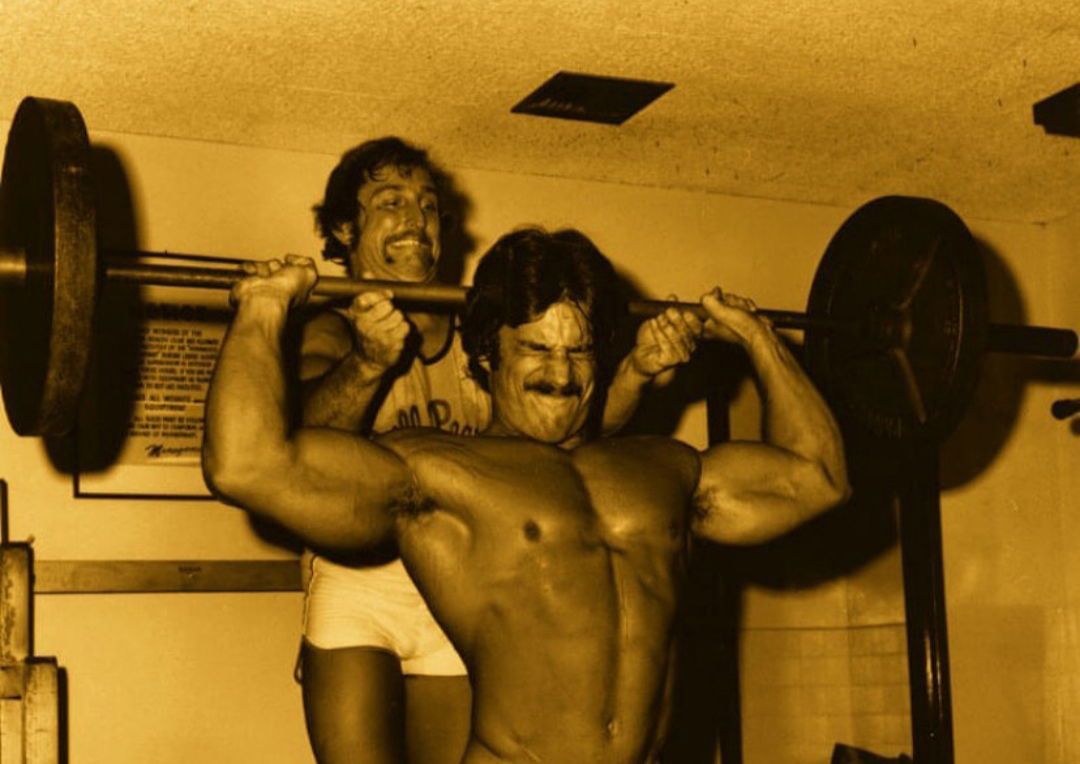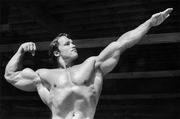

During the late 1970s and early 1980s, the bodybuilding world stood at the edge of a significant shift as Mike Mentzer, a strong advocate of high-intensity training (HIT), unveiled his groundbreaking ‘Heavy Duty system’. Drawing inspiration from Arthur Jones’ HIT principles, Mentzer’s novel approach aimed to revolutionize bodybuilding by questioning conventional training techniques. In 1979, at the age of 27, the golden era legend emerged as a remarkable IFBB Pro League rookie, particularly known for his impressive delt, arm, and leg density. Ending the year on a high note, he triumphed in the heavyweight division of the Mr. Olympia competition, although not securing the overall title.
Watch What’s Trending Now!
Recently, a YouTube video resurfaced, showcasing the former Olympia contender’s powerful training-to-failure approach and its significant impact on encouraging muscle development. In the video, the late bodybuilding expert can be heard discussing why “It’s not gonna hurt you.”
ADVERTISEMENT
Mike Mentzer and the essence of high-intensity training
Mike Mentzer firmly believed that to truly identify intensity, one must exert maximum effort. He explained that there are only two perfect measures of intensity: 0% while completely resting and 100% when putting oneself through the highest possible exertion. In accordance with Heavy Duty’s viewpoint, training with 100% intensity and pushing beyond failure ensures the attainment of every potential growth stimulation point. Consequently, this focus on training to fail became the fundamental aspect of his Heavy Duty system. By utilizing fewer repetitions and heavier weights, the Arnold Schwarzenegger rival aimed to optimize muscle stimulation and encourage maximum growth.
ADVERTISEMENT
“As long as you go to 100, you pass through every possible growth stimulation point, That’s why we keep stressing train to failure, It’s not gonna hurt you, It’s absolutely necessary so that you know the stimulated growth,” said Mentzer in the video.
ADVERTISEMENT
The bodybuilding genius’s Heavy Duty training routine primarily focuses on lifting weights heavy enough to reach failure between 6 and 9 reps. After reaching failure, Mentzer would continue by performing an extra 2 to 3 forced reps with assistance from a spotter. It is crucial to maintain perfect form to prevent injuries and ensure effective muscle stimulation. Regarding the former IFBB pro’s typical training week, he would allocate three days for workouts and dedicate the other four days to rest and recovery.
Top Stories
Unbelievably Jacked at 51, Guardians of the Galaxy Famed Actor Set Internet Ablaze With His Shirtless Snap

Alan Ritchson vs. Prime Arnold Schwarzenegger: Physique Comparison

Everything You Need to Know About Mr. Olympia’s Sole Owner Jake Wood, Who Also Brought Ms. Olympia Back

“Steroids Ruined Him”: After 20-Year-Old Left Scarred for Life, Bodybuilding Icon Warns Young People Not to Risk Their Health for Unachievable Transformations

Rapper Lil Wayne Reveals Secret Behind Ripped Physique Despite Maintaining Distance From the Gym: “Vegetables Are Included in Every Meal”

Unconventional approach to nutrition and recovery
In contrast to many bodybuilders of his era, the Fitness Author actively supported calorie counting long before the IIFYM diet came into existence. He argued that bodybuilders did not need the excessively high protein levels often recommended in magazines. Instead, he stressed the value of a well-rounded diet and adjusted his calorie consumption according to his personal needs.
ADVERTISEMENT
Additionally, Mentzer acknowledged the crucial role of rest and recovery in muscle development. As he continued to advance in bodybuilding, he gradually increased his rest intervals between workout sessions to 4-7 days, ensuring his body had enough time to recover and maximize muscle growth.
Watch This Story: “He Needs to Learn How to…”: After His Bodybuilding Announcement, IFBB pro Condemns Strongman Beast Eddie Hall’s Plans With a Stern Warning
ADVERTISEMENT
What are your thoughts on Mentzer’s ways of training? Let us know in the comments.
ADVERTISEMENT
ADVERTISEMENT
ADVERTISEMENT

